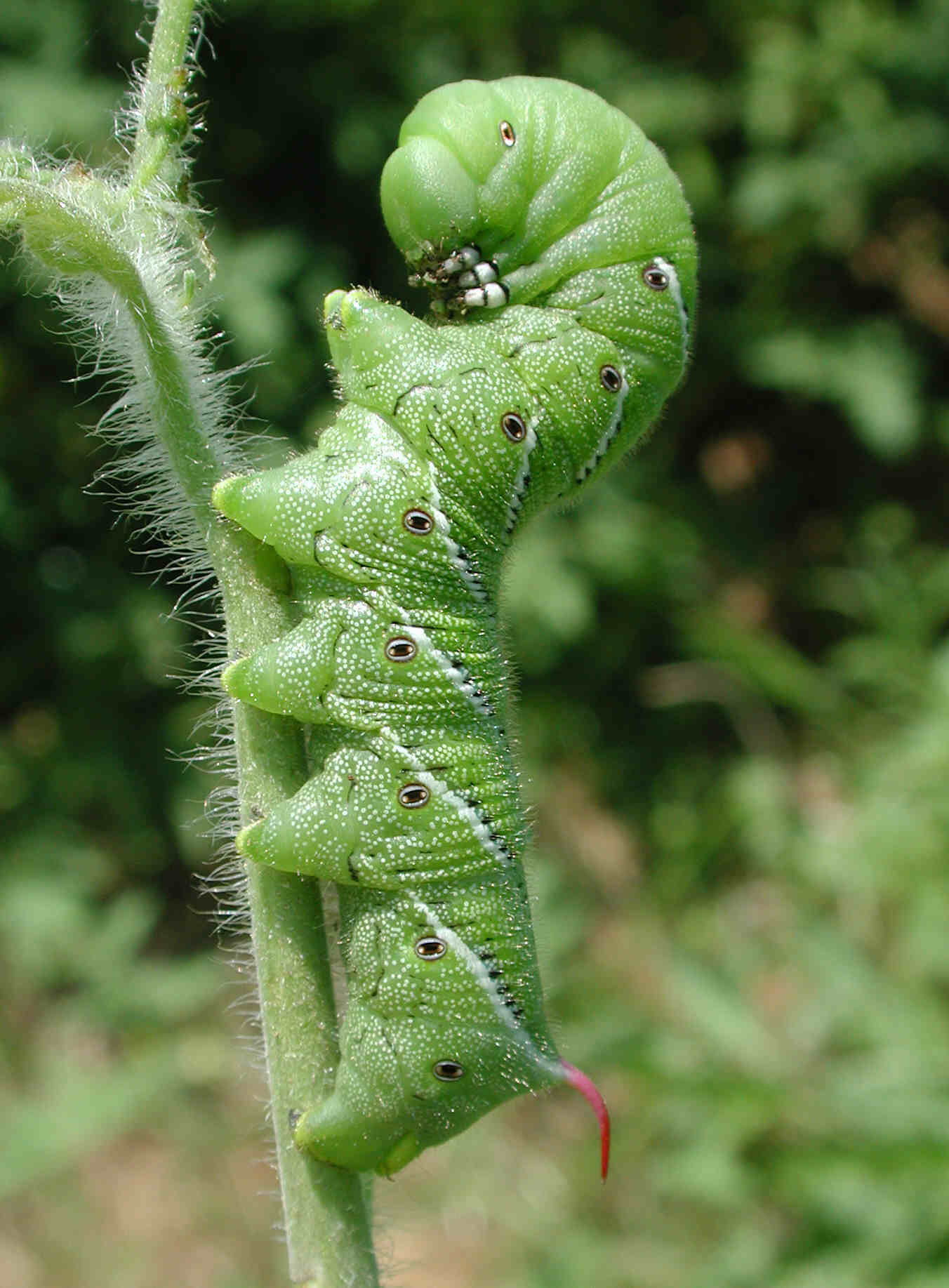
Do your research, and determine how large of an enclosure you will need base don the subspecies you choose. They come in a wide variety of colors, and certain subspecies can grow larger than others. Like all reptiles, these snakes require temperature regulation and a heat source. Never purchase animals captured from the wild, as this is putting pressure on some subspecies of this snake. It is, however, very important to choose animals produced by a responsible breeder. Yes, these snakes can make good pets and are usually very docile. While these snakes can be bred in human care, they have not been domesticated in any way. Some subspecies are quite popular as pets, and can be readily bred in captivity. Humans do, however, interact with these creatures in a positive manner as pets. Sadly, this often results in death for the snake. Because they come in such a wide range of colors and patterns, it is very common for them to be mistaken for dangerous snake species. These snakes frequently have violent interactions with humans, despite being entirely harmless. They hide in dark, cool environments during the day, and search for prey at night. When given the opportunity, they will also feed on insects, worms, small birds, eggs, reptiles, frogs and other amphibians, and small mammals. Milk snakes are more opportunistic than some of their close relatives, but their diet still primarily consists of rodents. Certain subspecies can be found across Central America, and even northern South America. There are a number of subspecies through the United States and Mexico. The range of the Eastern milk snake extends into southern Canada, and throughout the eastern United States. In fact, they have the widest range of any North American snake species. These snakes can be found in North, Central, and parts of South America. A few subspecies also show a preference for rocky outcrops. Some subspecies are also found in open prairies and grasslands. Most subspecies prefer forested or wooded regions, where they can hide beneath leaf litter, vegetation, or dead trees. Because of this, they occupy a very wide range of habitats and ecosystems. This species has a wide variety of subspecies spread across North, Central, and parts of South America. Lampropeltis – The genus name of this species roughly translates to “shiny shields.” This is in reference to their bright, shiny, scales.In reality, the snakes where there to eat the rats and mice that commonly gather in barns. “Milk” Snake – This snake’s name comes from an old wives tale, which states that they sneak into barns at night to suck the milk from cow udders.Dangerous Snack – Some subspecies are actually known to prey on the venomous coral snake! This, obviously, makes them desirable to have around as they reduce the population of some venomous snakes.Like many species, they will vibrate their tail in an attempt to appear more like a rattlesnake.

Scare Tactic – In nature, it pays to look like someone more dangerous that you! Not only do these snakes superficially resemble a number of venomous species, but they also attempt to behave similarly when threatened.In reality these snakes pose no danger to humans, are quite interesting, and also quite beautiful!

These harmless snakes are commonly mistaken for some of the more colorful venomous reptiles. They have many different color patterns, some of which resemble coral snakes, pygmy rattlers, and other venomous species. Most species have bands of color, but some have blotched coloration rather than clean bands. Their scales are smooth and quite shiny, and their coloration is typically some mixture of red, white, black, or yellow.


 0 kommentar(er)
0 kommentar(er)
